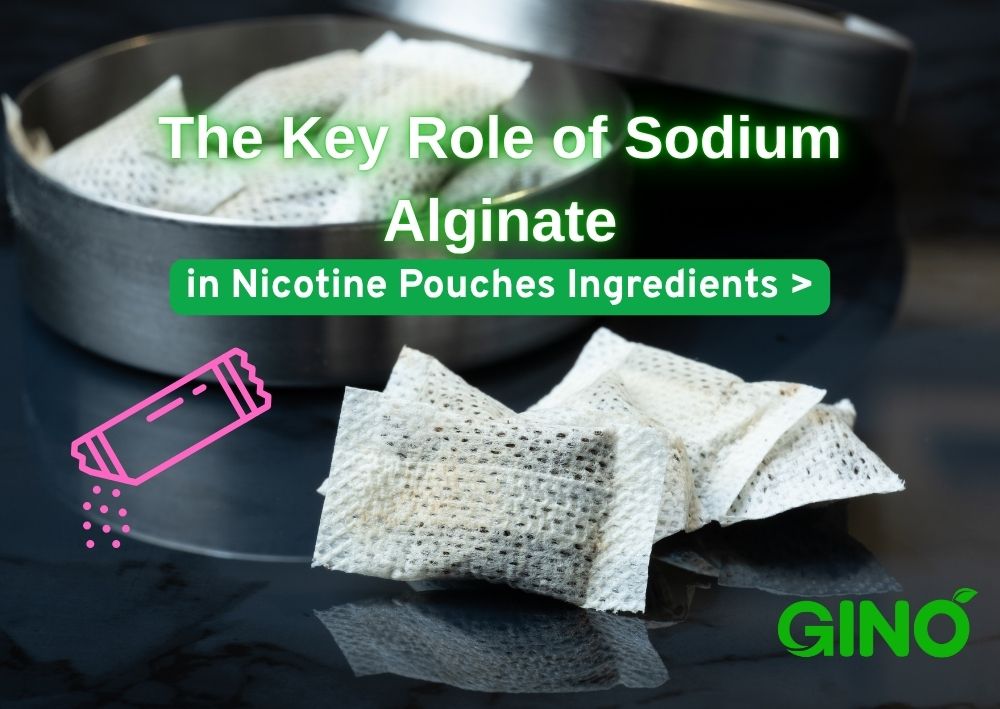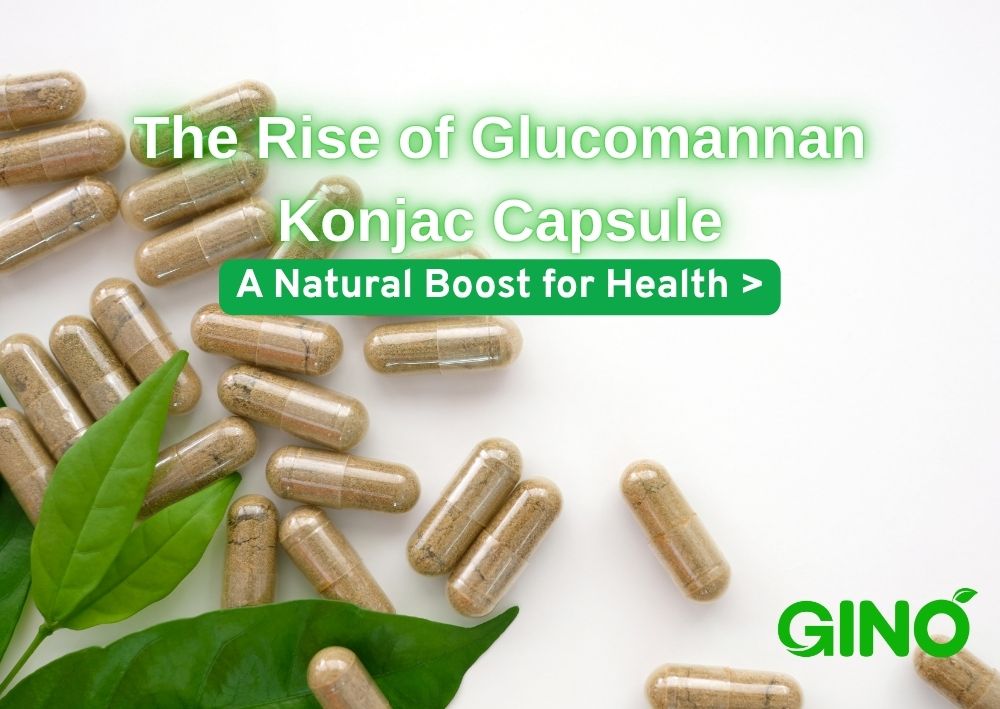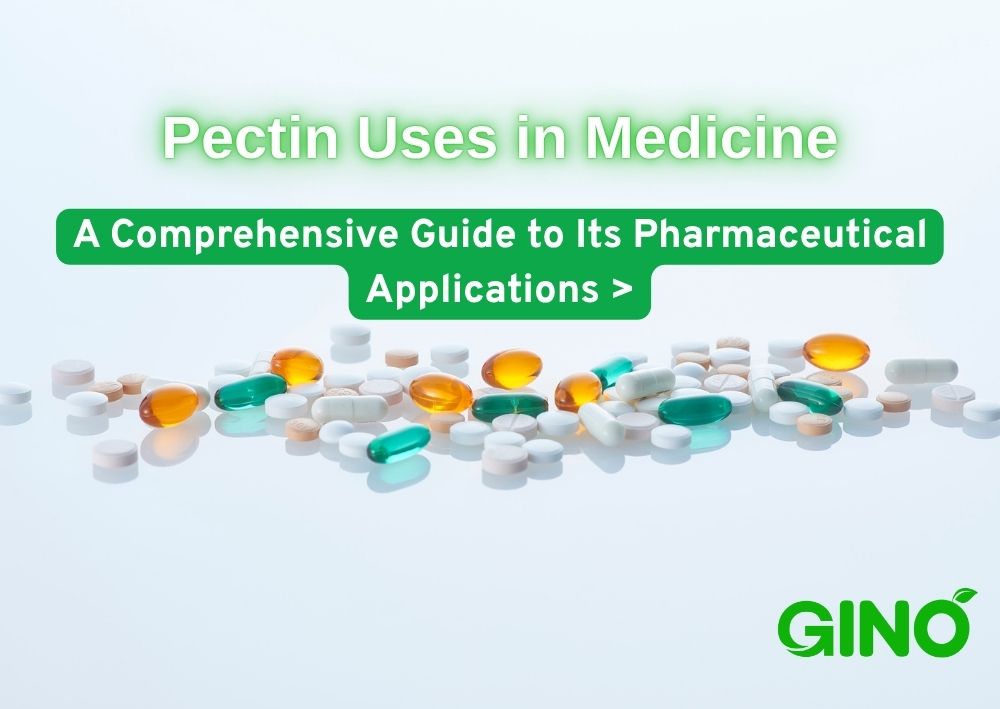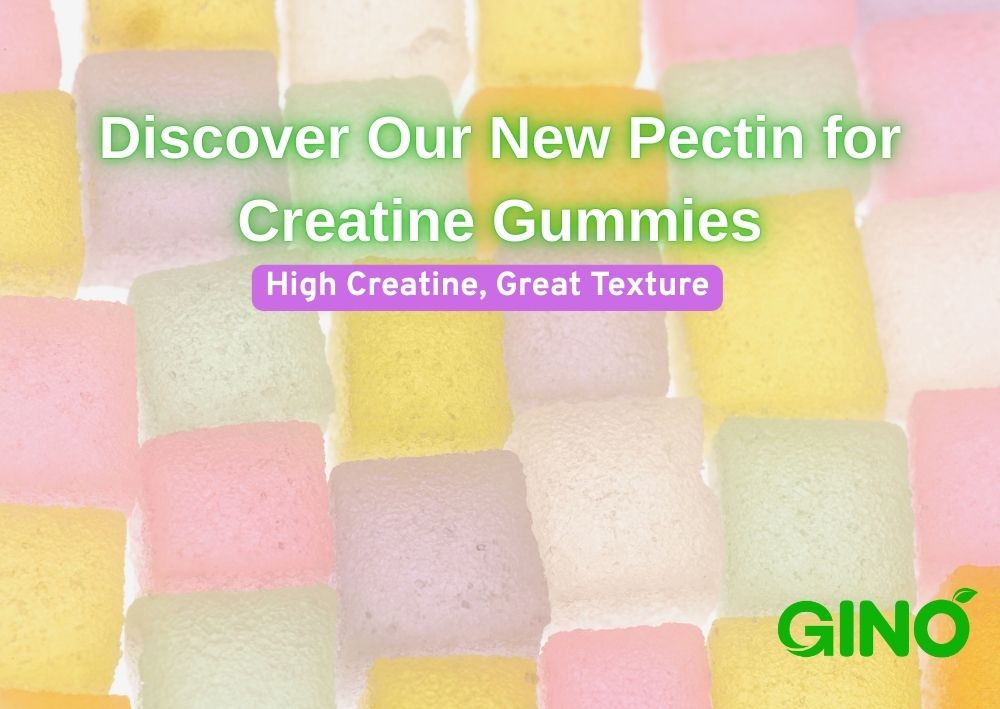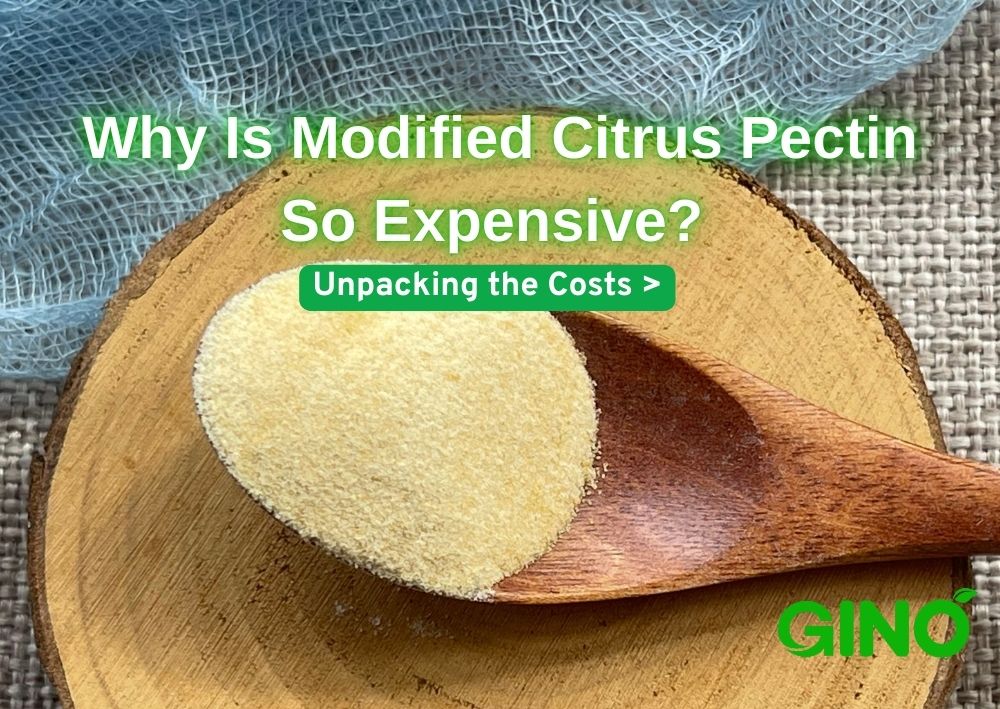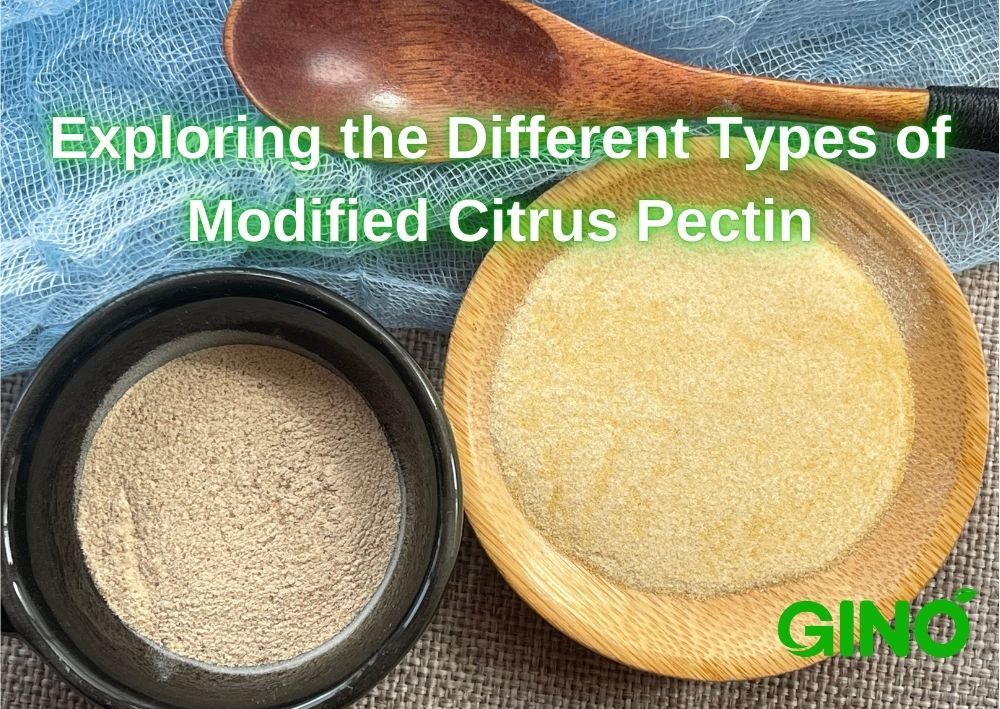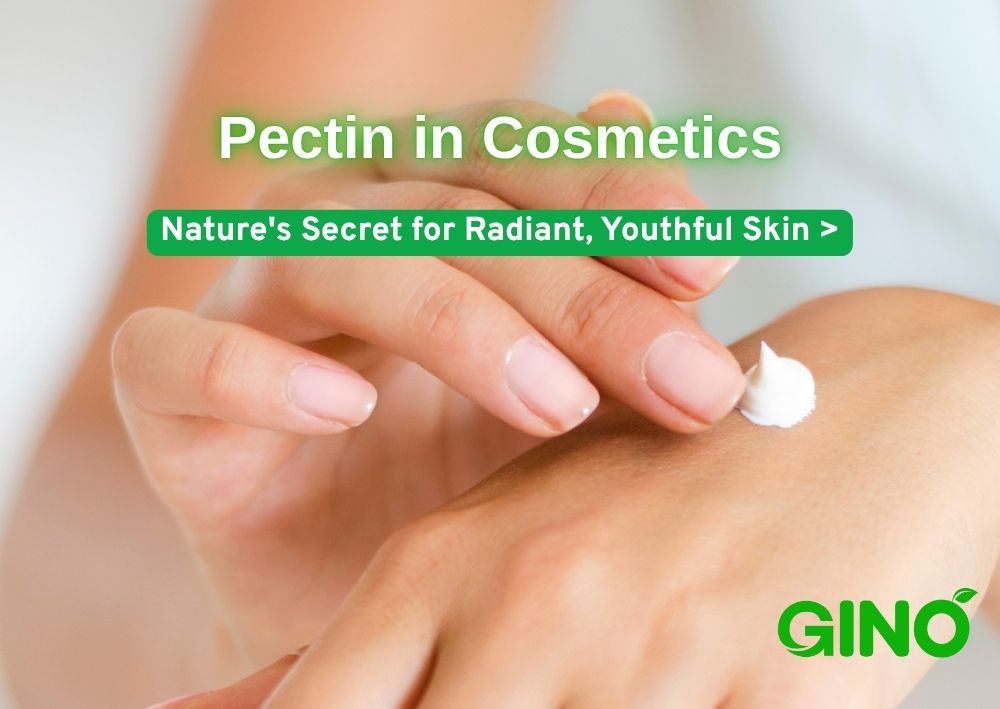
How to Make Popping Boba Pearls with Sodium Alginate?
How to Make Popping Boba

If you're a fan of bubble tea or desserts, you've likely come across popping boba pearls. These tiny balls burst with flavor when you bite into them, adding an extra level of fun and excitement to any dish.
If you're interested in making popping boba pearls at home, you'll need a few key ingredients, including sodium alginate and calcium.
In this article, we'll cover everything you need to know about how to make popping boba pearls with sodium alginate.
1. What is Popping Boba?
Popping boba is a type of small, liquid-filled ball that is often used as a topping for desserts and drinks. The boba is made with a thin membrane that contains flavored juice or syrup. When you bite into the boba, the membrane pops, releasing the liquid filling. Popping boba is also known by other names, such as juice balls, bursting boba, or popping pearls.
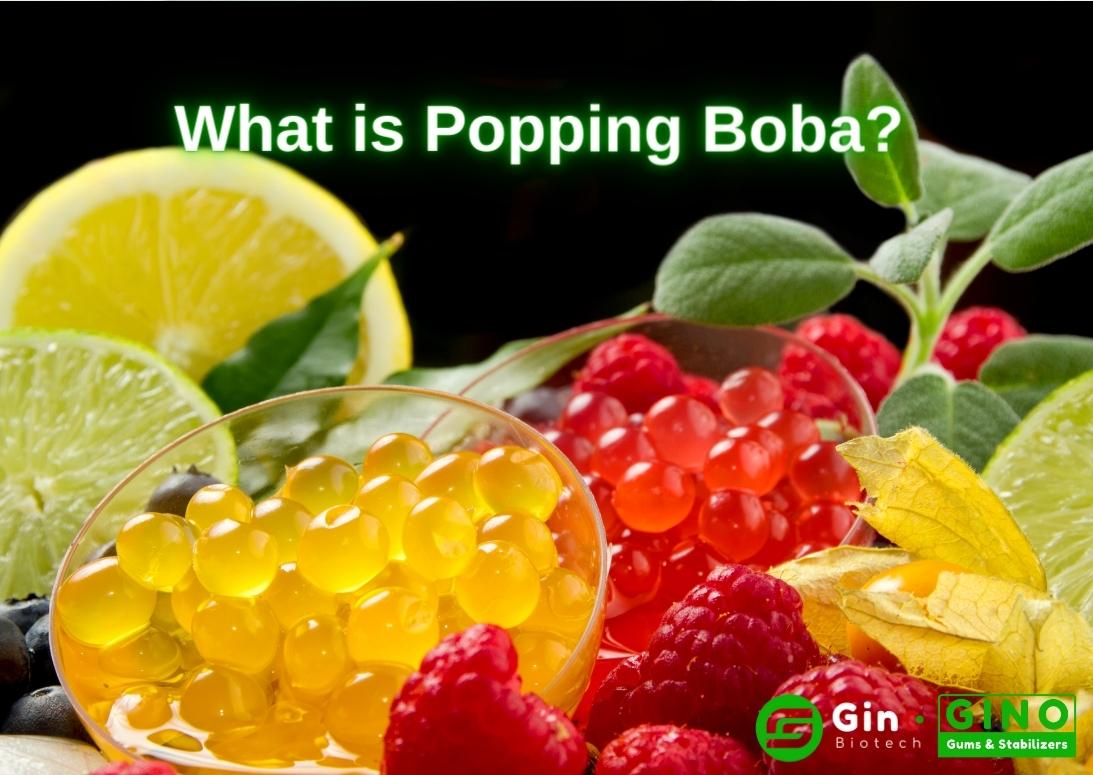
2. Popping Boba Recipe
What is the amount of sodium alginate and calcium added? Suggested recipe? What is the procedure?
How to make popping boba with sodium alginate, you'll need to follow a few key steps:
2.1 Ingredients
- 1 cup of fruit juice or flavored syrup
- 1 tsp of sodium alginate
- 2 cups of water
- 1 tsp of calcium lactate
1 cup of fruit juice or syrup = approximately 240 grams
1 tsp of sodium alginate = approximately 4 grams
1 tsp of calcium lactate or calcium chloride = approximately 4 grams
2 cups of water = approximately 473 milliliters
A common percentage used for sodium alginate is 0.5-1% of the total weight of the liquid, and for calcium lactate or calcium chloride, it is usually around 0.5-1.0% of the total weight of the liquid.
The viscosity of sodium alginate also affects its addition amount.
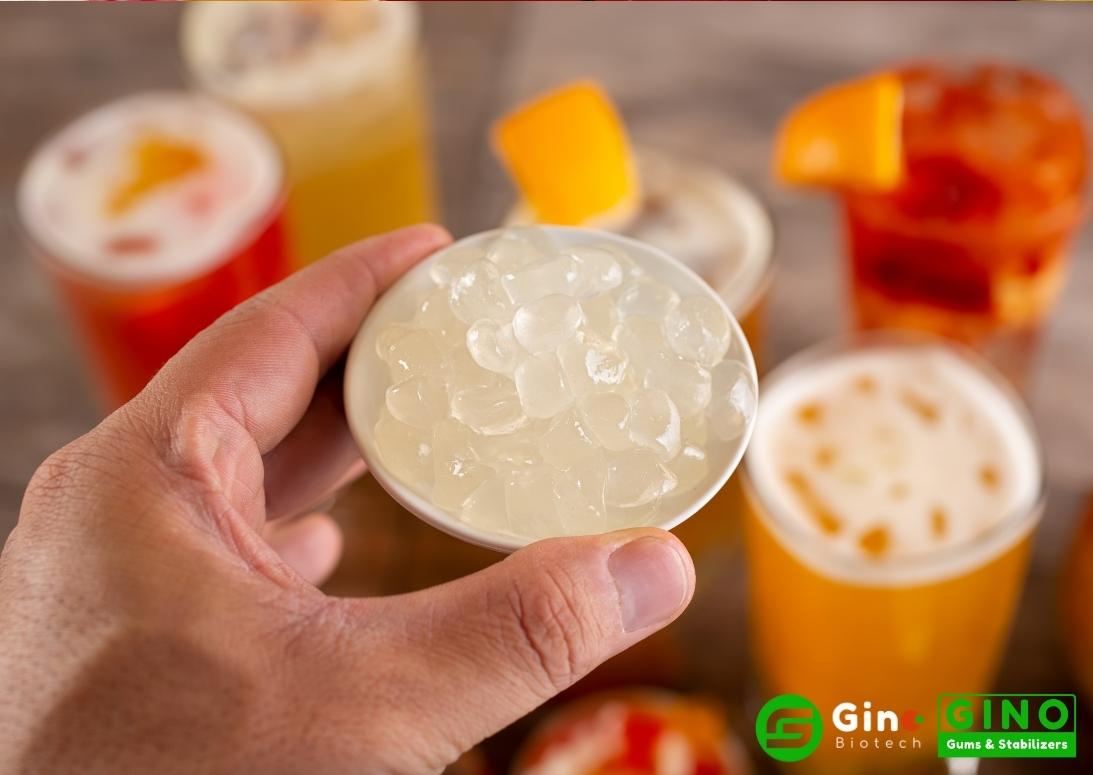
2.2 Equipment
Measuring spoons and cups
Mixing bowls
Whisk or immersion blender
Spoon or dropper
Slotted spoon
Timer
Strainer
2.3 Step-by-Step Guide to Making Popping Boba with Sodium Alginate
Now that you have all the necessary equipment, let's get started on how to make popping boba with sodium alginate & calcium.
Now your homemade popping boba with sodium alginate is ready to be added to your favorite dessert or drink!
3. Spherification Science Behind Poping Boba Pearls

3.1 What is Popping Boba Made of?
Sodium alginate and calcium are two essential ingredients for making popping boba. Sodium alginate is a natural gelling agent that is derived from brown seaweed. It is commonly used in the food industry to thicken and stabilize foods, and it is the key ingredient that gives popping boba its unique texture. Calcium, on the other hand, is used to help the sodium alginate gel and form a membrane around the liquid filling.
3.2 Spherification Science
The science behind making popping boba is to create a gel membrane around a liquid filling. To do this, you'll need to use a process called spherification, which involves mixing sodium alginate with a liquid and then dropping it into a calcium bath. The calcium reacts with the sodium alginate to create a gel membrane around the liquid.
There is another kind of spherification called reverse spherification, which is to drop calcium-containing liquid into sodium alginate solution.
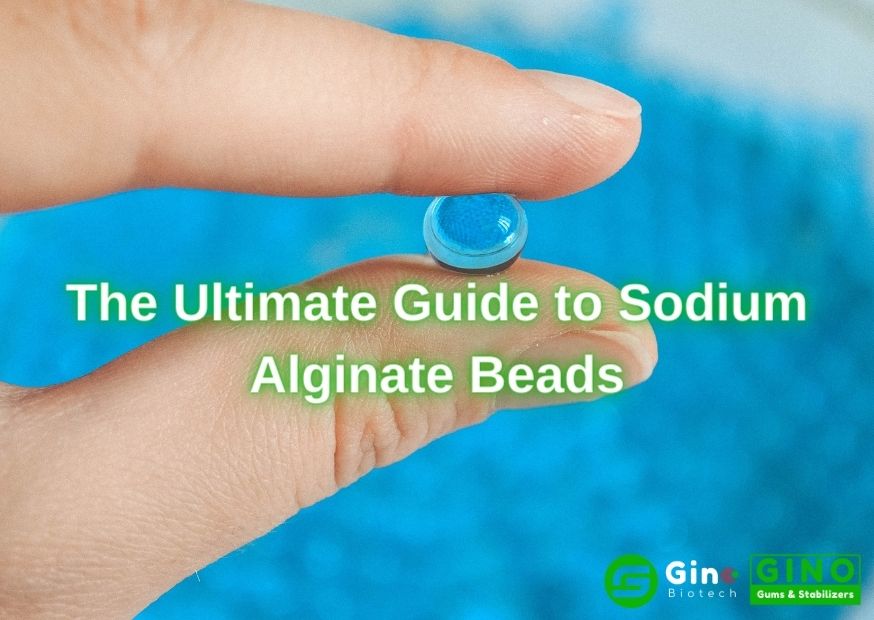
The Ultimate Guide to Sodium Alginate Beads: Definition, Recipe, Tips, Uses
Sodium alginate beads also called popping boba, are made by combining sodium alginate, calcium lactate (or calcium chloride), fruit juice (fruit puree, soya milk, coca cola, yogurt, etc.), and drinking water (deionized water).
4. Precautions
When making popping boba with sodium alginate, there are a few precautions to keep in mind.
Firstly, be sure to use food-grade sodium alginate and calcium, as industrial-grade versions can be unsafe for consumption.
Additionally, be sure to mix the sodium alginate mixture thoroughly to prevent any clumping, and avoid overcrowding the calcium bath to ensure each ball has enough space to form properly.
5. Conclusion
Making popping boba with sodium alginate is a fun and exciting way to add a unique texture and burst of flavor to your favorite desserts and drinks. With just a few simple ingredients and some basic knowledge of spherification, you can create your own popping boba at home.
Experiment with different flavors and colors to create custom popping boba that can be added to your favorite drinks or used as a topping for ice cream, yogurt, or other desserts. And with the right precautions and attention to detail, you can ensure that your popping boba is safe and delicious.
So why not give it a try? With a little practice and creativity, you can create your own popping boba masterpieces and impress your friends and family with your newfound culinary skills.

FAQs
Yes, you can experiment with different types of liquids, such as coconut milk or tea, to create unique flavors and textures.
Popping boba can last for up to a week if stored properly in a sealed container in the refrigerator.
You can use a variety of different types of calcium for spherification, including calcium lactate, calcium gluconate, or even calcium chloride. However, it's important to note that each type of calcium will affect the texture and flavor of your popping boba differently.
Sodium alginate is a crucial ingredient for making popping boba, as it is the key ingredient that gives the boba its unique texture. But you can also make popping boba without sodium alginate, by using agar-agar, but the texture of these pearls is not the same as that of authentic popping pearls.
Yes, an immersion blender can be used to mix the sodium alginate and liquid together, but be sure to mix thoroughly to prevent clumping.
Popping boba is entirely vegan unless it's sweetened with honey!
As long as the ingredients are true and food grade sodium alginate and calcium are used, and no artificial coloring is used, then there is nothing unhealthy.

